
p4ges - Can Paying 4 Global Ecosystem Services reduce poverty?
Does the forest ‘provide’ water?

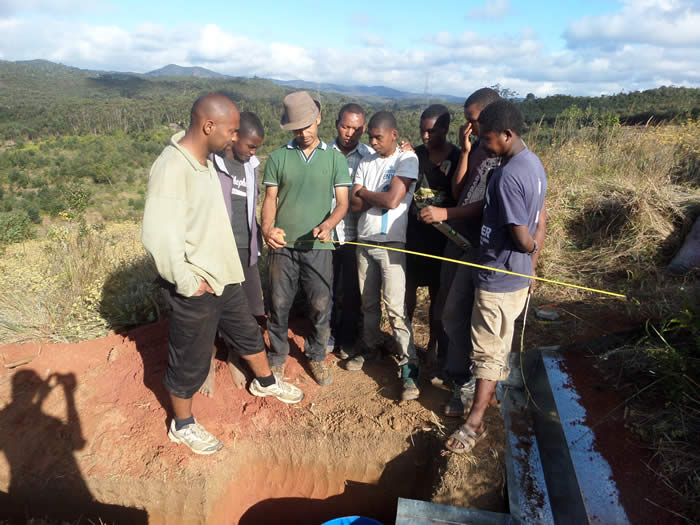 |
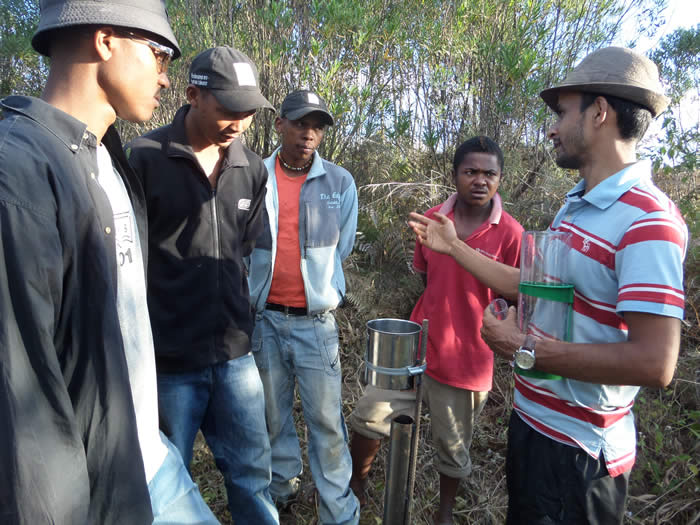 |
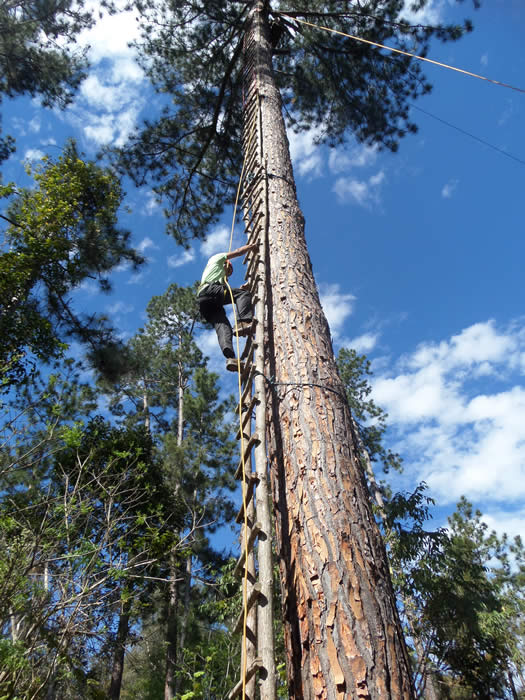 |
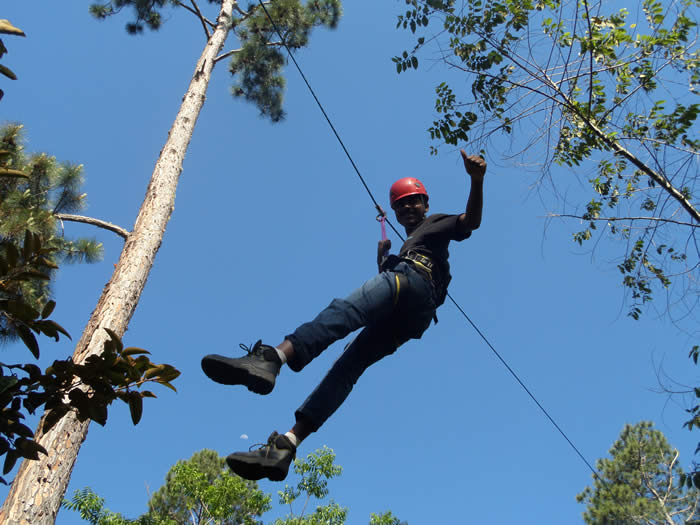 |
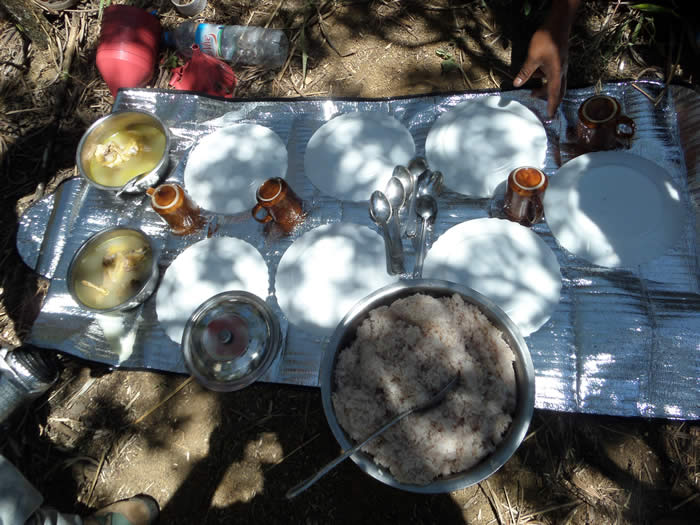 |
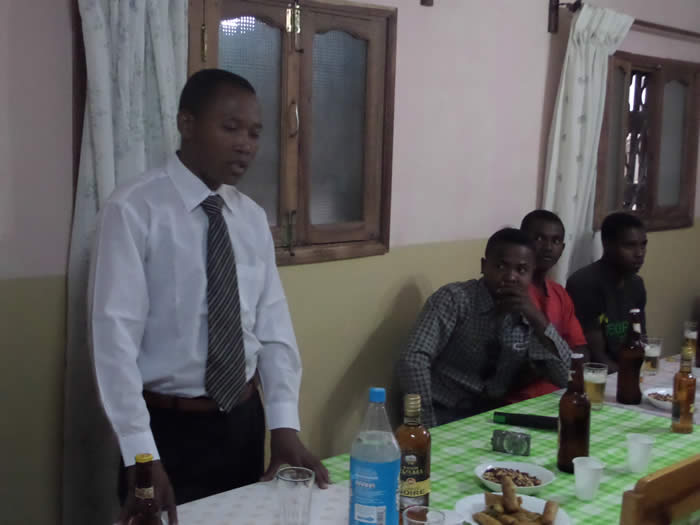 |
The p4ges hydrology team installs equipment to explore in detail the links between land use and hydrological processes-the ultimate aim of which is to explore how deforestation (and reforestation) influence the water available for agriculture.
Chandra, a hydrology post-doctoral researcher, came to Madagascar for six weeks to work with Jaona and I to install the hydrological plots.We installed the equipment in 3 different sites, located in the Andasibe area, a beautiful forest in the east of Madagascar. We did this work in very close collaboration with Mitsinjo Association who manage a forest station, ecotourism and reforestation project in the area. The sites represent 3 land uses:
- “Tany maty” which means exhausted land
- “Closed canopy forest” which is managed by Mitsinjo Association
- “Reforestation” which is managed as well by Mitsinjo Association
In September and October we did intense field work in these three sites to install some quite sophisticated equipment which will remain in place for a year and trained local research assistants who will monitor the equipment and collect daily data. The sites are now perfectly equipped and our local workers take care of them while collecting daily data from the rainfall and throughfall gauges. Jaona or I visit every two weeks to check the batteries are charging and all is well.
How did we work?
Through Mitsinjo we identified a great team of local assistants to help with the field work: Boussy, Divana, Com, Jean Yves, Youssouff and Rolland are critical to this research and they were ready for us when we arrived at Mitsinjo. Finding skilled welders was key to the success of our installing the equipment. Luckily, we found the right men: Claude and Pierrot, the best welders we have ever met, hard working men! From 21th of September 2014 to 7th of October, the welders worked non-stop. We bought the materials we needed in Moramanga and Tanà (pipes, metal sheets, drums and so on). To make sure that things are properly done, we drew the design with specific size and asked them to make one piece first before continuing to do more. Meanwhile, we were gradually installing all kinds of devices in the sites. We went to the welders to check the work every evening and discussed new things. Those handy men always meet our deadline.
Another experienced man was of help for installation of the runoff plots, his name is Jean Paul alias Papa! Claude and Pierrot were in charge of the making the runoff plot by cutting and folding the metal sheet in order to have the desired design. In the site, the local assistants, with our help, made a line of 3m by 10m on the slope (the chosen area) and dug a big hole for the drums which collect the overland flow within the plot. Papa followed us in each site, he was welding the gutter with the copper after it was adjusted properly. In this kind of work, we ensured that there is no linkage. All the runoff is supposed to go into the drum. We noticed that the first day of installation of runoff plot was a bit complicated but once the local workers knew how it works, everything was smooth the following day.
What did we install there?
For each site, the solar panels which supply the battery and the logger were installed. The 2 meteorological towers measure various parameters like rainfall, air pressure, humidity, solar radiation, soil heat, soil humidity, with different intervals. We measure all the data to allow us to understand how the hydrology process works. This data will be used by our colleagues at Kings College, London for modelling.
Great opportunity to learn
Everyone has an opportunity to learn many things during this fieldwork. We know now the purpose of all the equipment. Chandra trained us how to download the data, and gave us some tricks in case any problem occurs. Some software is installed in our laptop which we take into the forest (tricky in the rain).
The local assistants are well-trained as well. Chandra taught them how to collect the data while giving them the practical instructions.They know how to measure the rainfall with the manual rain gauge, the manual throughfall gauges, and the depth of the water in the collection drum. After training, they were tested to check they clearly understood. The questions about the collection of data were answered by Chandra during this training session. In order to fulfill properly their tasks, some basics tools are given to them: pen, copybook, measuring time, datasheet.
For the security and safety of the materials, two nice huts were built for the local assistants in the Tanymaty and Reforestation sites. The aim is that they can sometimes sleep in the site at night and stay there during the day if needed.
Enjoying the fieldwork
We had a great time every day. All the local workers are conscientious. During the fieldwork, they were always telling jokes. Rolland and Divana are the best! They kept always talking and laughing while working hard. We took some days off. We enjoyed the climbing trees and seeing lemurs (the call of the indri was audible all the time-what a pleasure!).
Every evening, we had always short debriefing of the day and made the plan for the next day.
With a good and dynamic plan, we saved time and could work effectively. Thanks to the Mitsinjo staff with their car and their people, we finished the fieldwork on time.
At the end of the fieldwork, we organized a small party. We invited all the local assistants from Mitsinjo. The Vice-president of Mitsinjo made a speech focused on the fruitful partnership of the project and Mitsinjo.
Date: 6 January 2015
Maafaka Ravelona

